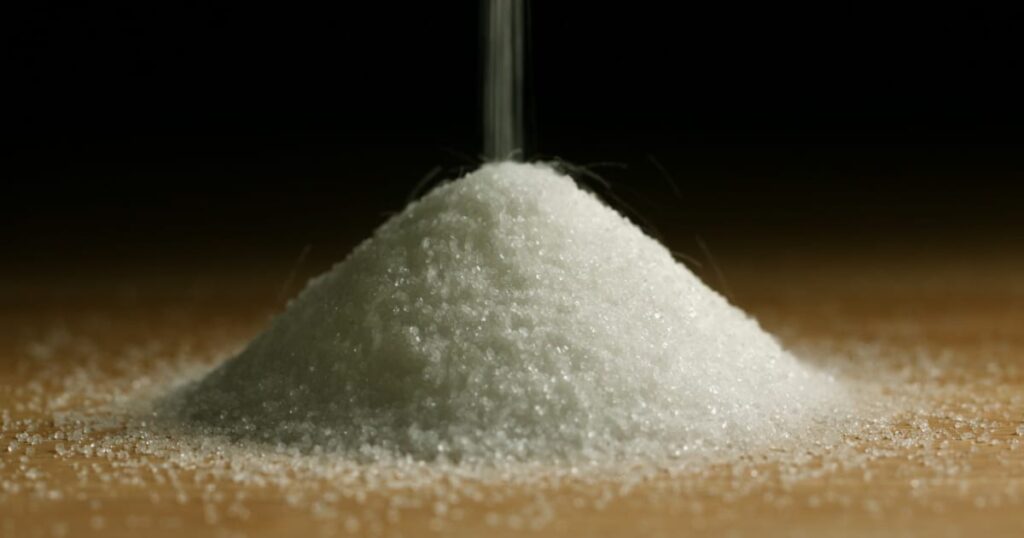In today’s fast-paced world, added sugars have become an increasingly common ingredient in many of our favorite foods and beverages.
From sodas and candies to baked goods and processed snacks, added sugars have found their way into our diets, often without
us realizing the potential consequences for our health. In this blog post, we will explore the hidden dangers of added sugars
and shed light on their impact on our overall well-being.
Section 1: The Sweet Truth: What Are Added Sugars?
In this section, we will define added sugars and differentiate them from naturally occurring sugars found in whole foods. We
will discuss how added sugars are used in food production and the various names they can go by on ingredient labels. By
increasing awareness of the different forms of added sugars, readers will be better equipped to identify them in their diets.
Section 2: The Bitter Reality: Health Risks Associated with Added Sugars
Here, we will delve into the potential health risks that excessive consumption of added sugars can pose. From weight gain and
increased risk of obesity to a higher likelihood of developing chronic conditions like diabetes and heart disease, we will
explore the scientific evidence linking added sugars to these health issues. The section will provide a balanced perspective,
citing reputable studies to support the claims.
Section 3: Hiding in Plain Sight: Sneaky Sources of Added Sugars
Many individuals may be surprised to learn that added sugars can be found in seemingly innocent food products. In this section,
we will uncover common culprits, such as flavored yogurts, breakfast cereals, condiments, and even savory items like pasta
sauce. By highlighting these hidden sources, readers can be more mindful of their choices and make informed decisions when
it comes to their food selections.
Section 4: Breaking the Cycle: Strategies for Reducing Added Sugar Intake
This section will provide practical tips and strategies for reducing added sugar consumption. Firstly, by reading food labels and carefully examining the ingredients, individuals can gain awareness of the amount of added sugars present in various products. Moreover, opting for whole foods, such as fruits, vegetables, and lean proteins, can significantly minimize the intake of added sugars. Additionally, exploring alternative sweeteners, such as stevia, monk fruit, or even natural sources like honey or maple syrup, can offer healthier options. Lastly, embracing mindful eating practices, such as savoring each bite, listening to hunger cues, and practicing portion control, can contribute to a gradual decrease in reliance on added sugars. By implementing these actionable steps, readers can embark on a successful journey towards reducing their added sugar consumption and improving their overall well-being.
Section 5: Sweet Alternatives: Navigating the World of Natural Sweeteners
For those seeking alternatives to added it , this section will explore natural sweeteners such as stevia, monk fruit, and
maple syrup. We will discuss their properties, taste profiles, and potential health benefits. However, it’s important to
note that moderation is still key, and we will provide guidance on how to use these natural sweeteners responsibly.
Conclusion:
In conclusion, the impact of added it on our well-being cannot be underestimated. By understanding the risks associated
with excessive consumption and learning to identify hidden sources, we can take control of our diets and make healthier choices.
Armed with practical strategies and knowledge about natural sweeteners, we can gradually reduce our reliance on added it
and pave the way for improved overall well-being. For more check www.nutritionalgrowth.com


